10 Facts about E-Waste Everyone Should Know
E-waste, or electronic waste, refers to discarded electrical or electronic devices no longer in use, such as old phones, computers, TVs, and other gadgets. As technology evolves rapidly, more and more devices are becoming obsolete, contributing to the rising amount of e-waste. This is a growing global concern because improper disposal can harm the environment and human health, while valuable materials in these devices go to waste.
Table of Contents
ToggleOne major factor driving the increase in e-waste is the fast pace of technological advancements. New models and features emerge frequently, pushing consumers to upgrade to the latest gadgets. In addition, our increasing reliance on electronic devices and consumerism—where buying the newest technology is often seen as necessary—only accelerates this problem.
In this article, you’ll learn 10 important facts about electronic-waste and why we must care. From environmental impacts to recycling challenges, understanding these facts will help you see why managing e-waste is essential for a healthier planet.
Fact 1: E-Waste Is the Fastest Growing Waste Stream Globally
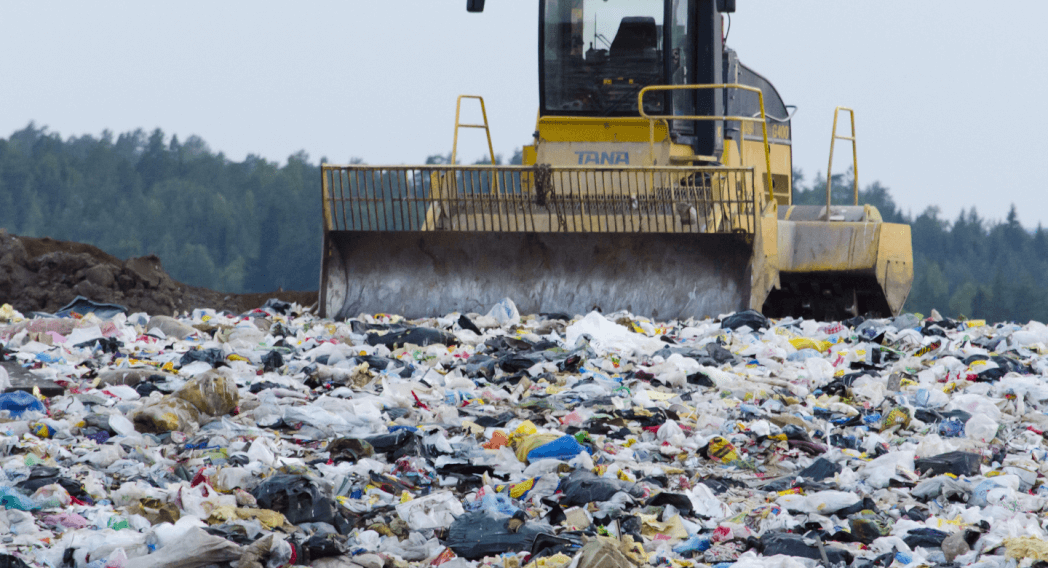
It is rapidly increasing and is now considered the fastest-growing waste stream in the world. This growth is driven by the short lifespans of electronic products and the constant demand for new technology. As gadgets become obsolete more quickly, e-waste piles up at a concerning rate.
- Over 53 million metric tons of e-waste were generated globally in 2019.
- This figure is expected to rise to 74 million metric tons by 2030.
- Shorter product lifespans and frequent tech upgrades are key drivers of the increase.
Fact 2: Only a Small Percentage of E-Waste Is Properly Recycled

Despite the growing volume of e-waste, only a small portion of it is recycled correctly. Many electronics are not recycled due to challenges in handling their complex materials, and a lack of proper recycling infrastructure in many regions worsens the situation.
- Less than 20% of global e-waste is formally recycled.
- Most e-waste ends up in landfills or is disposed of informally.
- Complex materials, high costs, and inadequate infrastructure hinder effective recycling.
Fact 3: E-waste contains Both Valuable and Hazardous Materials
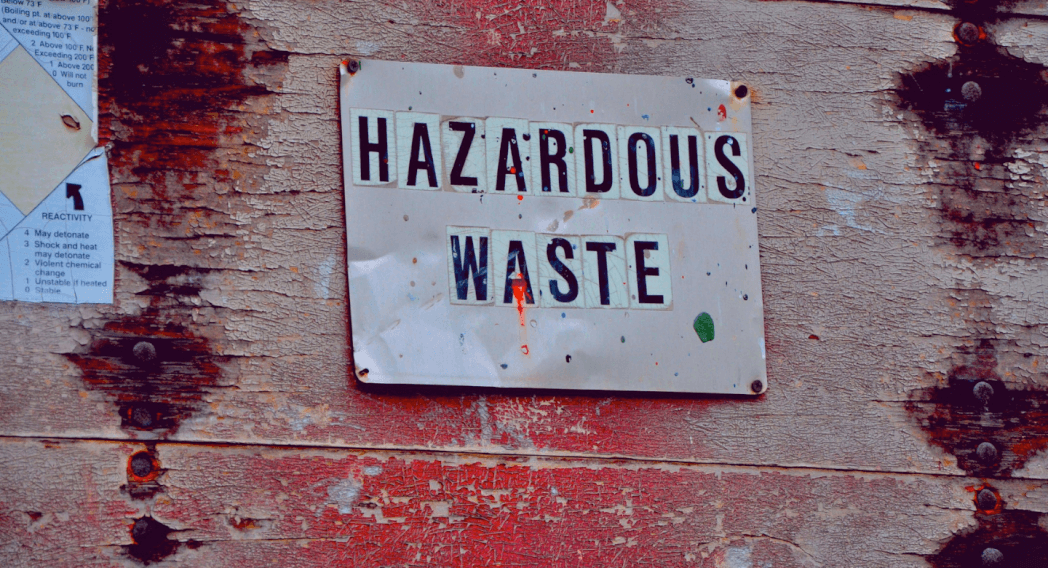
Electronic waste contains a mix of valuable materials like metals but also holds hazardous substances that can cause environmental harm if not managed correctly. While valuable metals can be recovered, toxic materials pose serious risks when electronics are improperly disposed of.
- Valuable metals such as gold, silver, and copper are found in electronic waste and can be recovered.
- E-waste also contains harmful substances like lead, mercury, and cadmium.
- Improper disposal of these materials can cause soil and water contamination, posing health risks.
Fact 4: Informal Recycling Practices Harm Workers and the Environment
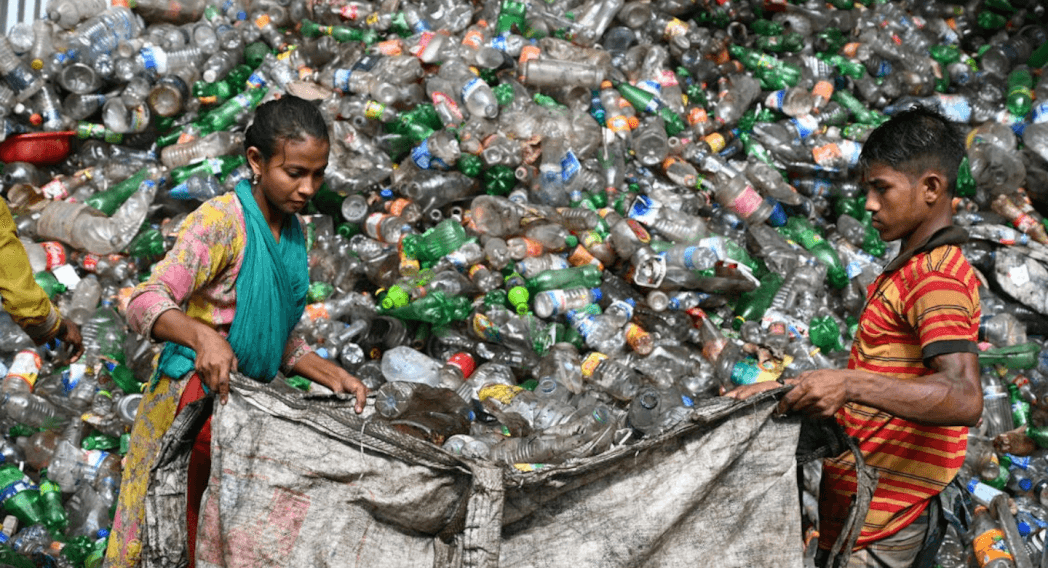
In many developing countries, electronic waste is often recycled informally in unsafe conditions. Workers, including children, typically dismantle electronics by hand, often without proper protective equipment. This exposes them to toxic chemicals and heavy metals, leading to serious health risks. The improper disposal of these also contributes to environmental pollution, as harmful substances are released into the surrounding areas.
- Informal recycling practices involve burning, shredding, and acid baths to extract materials.
- Workers are exposed to hazardous chemicals like lead, mercury, and cadmium.
- The environment suffers as toxins contaminate soil, water, and air.
Fact 5: Developed Countries Export E-Waste to Developing Nations

Wealthy countries often ship their electronic waste to developing nations where disposal costs are lower. These shipments, which are sometimes illegal, are usually sent to countries with limited regulations for handling hazardous waste. This creates ethical and environmental concerns, as these countries may lack the resources to properly manage e-waste, leading to severe environmental damage and unsafe working conditions.
- Developed countries export e-waste to regions like Africa and Asia.
- These shipments often bypass regulations and are handled in unsafe ways.
- Ethical issues arise due to exploitation and environmental harm in poorer countries.
Fact 6: E-Waste Contributes to Air, Water, and Soil Pollution
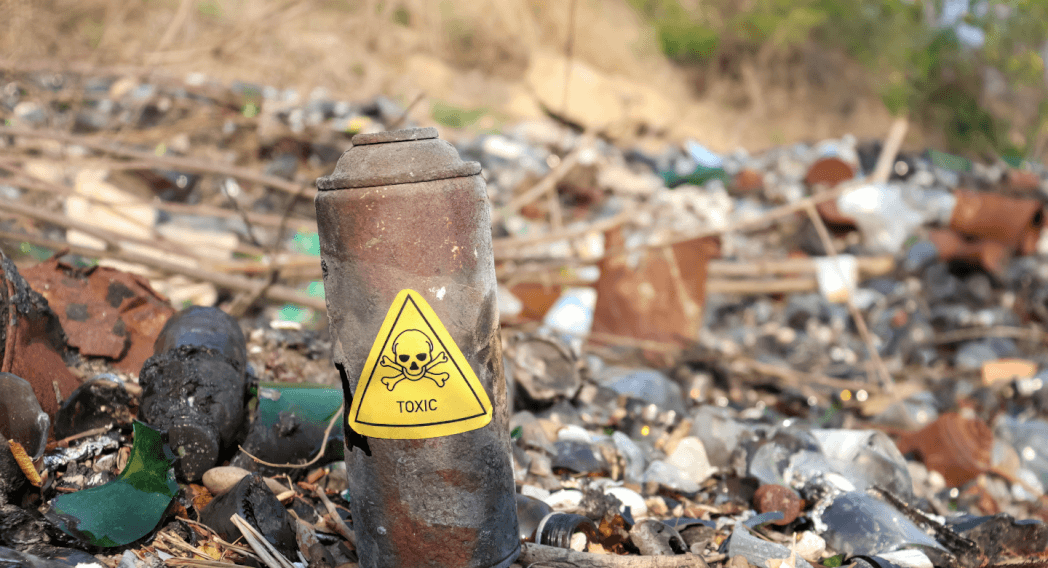
Improper disposal of electronic waste can release harmful toxins into the environment, significantly contributing to pollution. When electronics are burned or dumped in landfills, substances like lead, mercury, and brominated flame retardants can leach into the air, water, and soil. This contamination not only harms ecosystems but also poses long-term health risks to humans, especially in communities near e-waste processing sites.
- Toxins from e-waste can contaminate air, water, and soil.
- Harmful chemicals like lead and mercury can affect wildlife and ecosystems.
- Human health is at risk from exposure to these toxins, leading to serious diseases like cancer and neurological disorders.
Fact 7: The Growing Demand for Electronics Strains Natural Resources

As electronic waste continues to rise, so does the demand for mining raw materials to produce new electronics. The extraction of metals like gold, copper, and rare earth elements, which are used in devices, is a resource-intensive process that contributes to deforestation, soil degradation, and pollution. This further depletes our planet’s natural resources and exacerbates environmental damage.
- Electronic waste recycling could reduce the need for mining precious metals like gold, copper, and rare earth elements.
- Mining contributes to environmental destruction, including deforestation and habitat loss.
- As demand for electronics increases, the pressure on natural resources grows, leading to unsustainable extraction practices.
Fact 8: Extended Producer Responsibility (EPR) Can Help
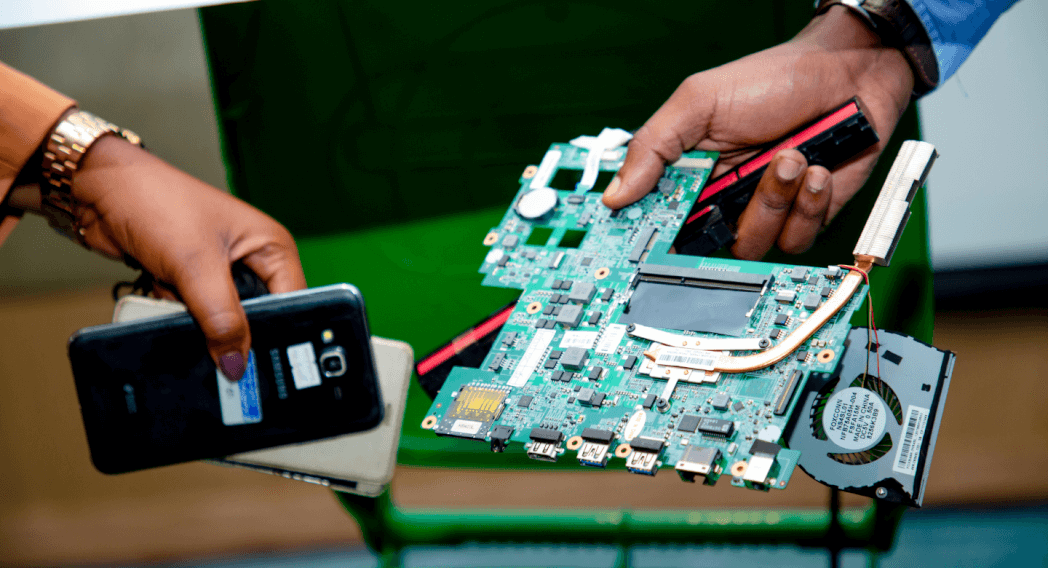
Extended Producer Responsibility (EPR) is a concept that encourages manufacturers to take responsibility for the entire lifecycle of their products, including end-of-life disposal and recycling. By implementing EPR, companies are incentivized to design products that are easier to recycle and less harmful to the environment. Some companies have already begun adopting more sustainable practices, leading the way for others to follow.
- EPR holds manufacturers accountable for the disposal and recycling of their products.
- Companies can reduce waste by designing products with longer lifespans and recyclable materials.
- Examples of companies embracing sustainability include Apple’s recycling initiatives and Dell’s take-back programs.
Fact 9: Consumer Awareness and Action Can Reduce E-Waste

Consumers play a crucial role in reducing e-waste by making informed decisions. Instead of constantly upgrading to the latest gadgets, consider repairing devices, recycling them properly, or donating old electronics. Being responsible with purchases and disposal not only helps reduce waste but also ensures that valuable materials are reused rather than discarded.
- Repair devices when possible instead of replacing them.
- Recycle electronics properly by using certified e-waste recycling centers.
- Donate old devices that are still functional, reducing waste and giving them a second life.
Fact 10: Innovation in Recycling Technology Offers Hope
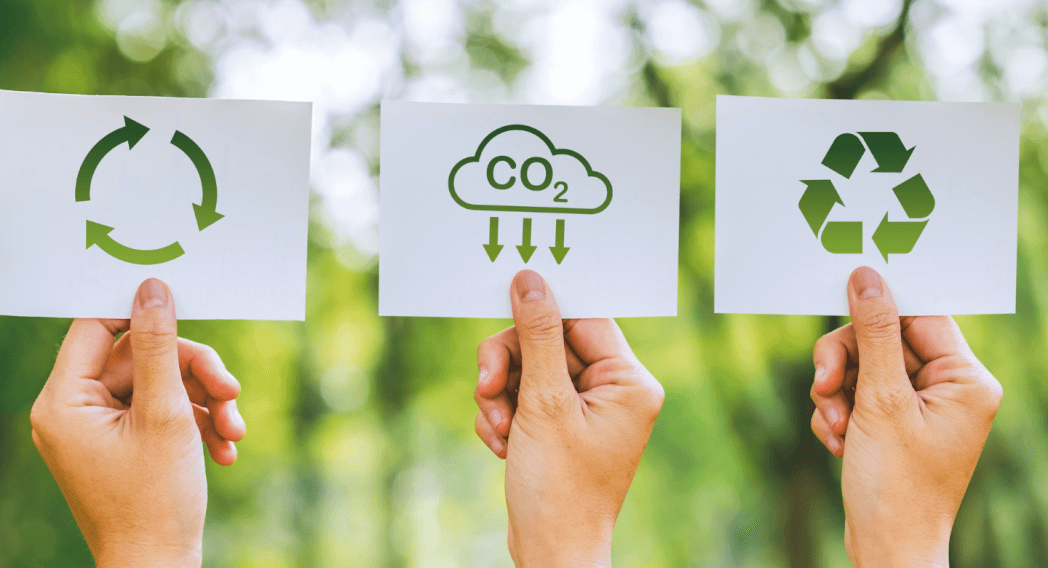
New advancements in recycling technology are offering promising solutions to the e-waste crisis. Innovations like urban mining—where valuable metals are recovered from waste—are becoming more efficient and cost-effective. Automated dismantling systems are also being developed to handle e-waste more safely and efficiently. These technologies could significantly improve recycling rates and reduce environmental harm.
- Urban mining allows for the recovery of precious metals from e-waste with fewer environmental impacts.
- Automated systems for dismantling electronic waste are improving efficiency and safety in the recycling process.
- Successful case studies, such as companies like WEEE Recycling, are leading the charge in innovative e-waste management practices.
Conclusion
E-waste is an urgent global challenge that we can no longer ignore. As technology continues to evolve, the volume of discarded electronics skyrockets, posing significant environmental and health risks. While much of the problem lies in improper disposal and lack of efficient recycling systems, there are solutions at hand. By embracing extended producer responsibility, improving recycling technologies, and fostering greater consumer awareness, we can curb the detrimental impact of e-waste. Every small action, from opting to repair old gadgets to choosing responsible recycling methods, makes a significant difference. Governments, businesses, and individuals need to work together to reduce e-waste and create a more sustainable future. Let’s act now—before our electronic waste burden becomes irreparable.
References
World Health Organization: WHO. (2024, October 1). Electronic waste (e-waste).
11 Facts about E-Waste. (n.d.). DoSomething.org.
Borle, O. (2024, August 14). 12 E-Waste Facts The planet Needs you to know | Just skips. Just Skips.







